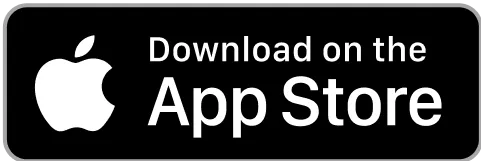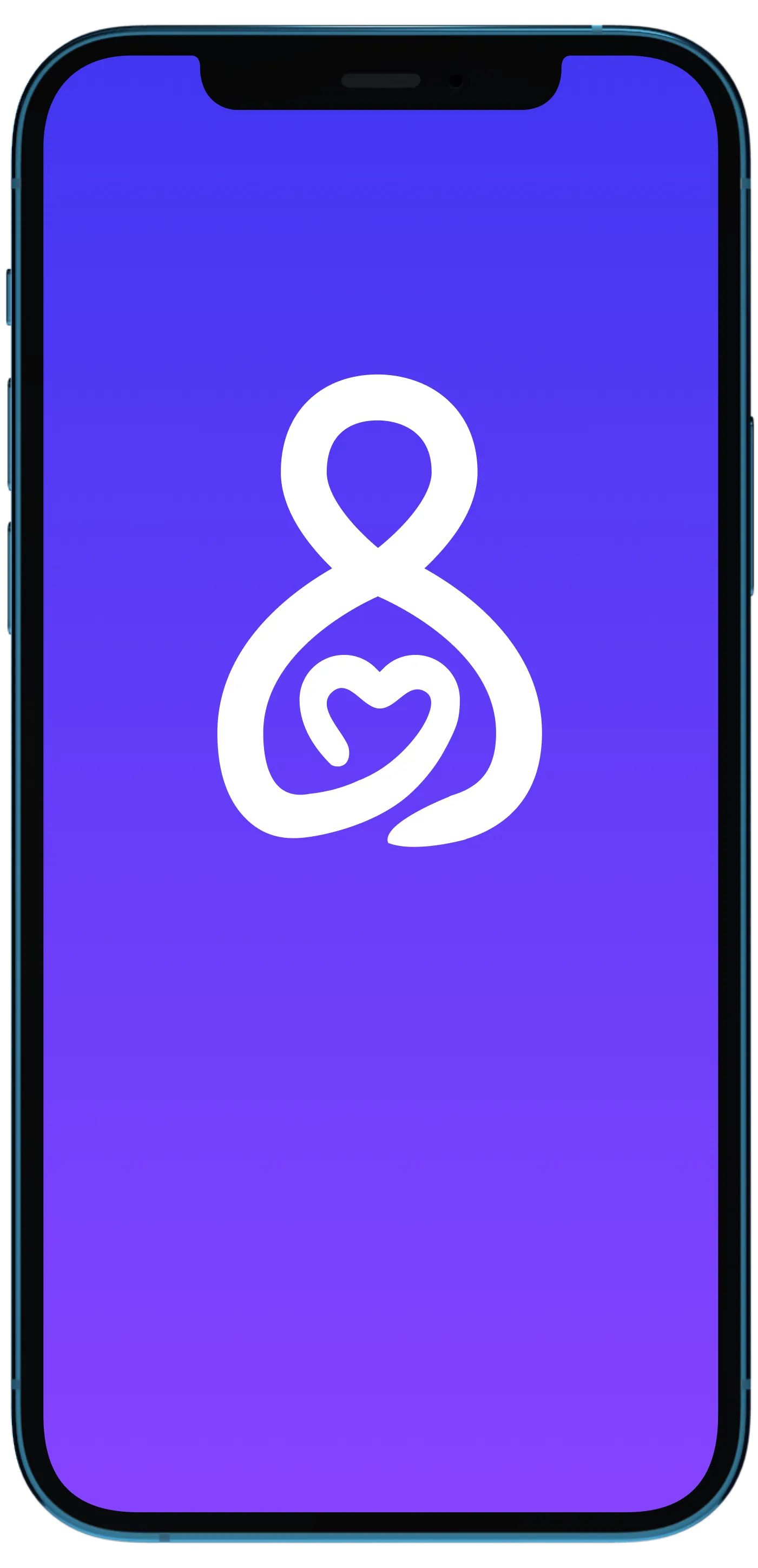What types of beliefs exist, and what is the difference between them?
Conscious beliefs: These are beliefs that we are aware of in our daily lives. They are the beliefs we actively choose and have control over. For example, consciously believing that we will be safe while driving our car today. Conscious beliefs can be easily changed with new information or data.
Unconscious beliefs: These are the beliefs that exist within us but of which we are unaware. They form the majority of our default programming and influence our thoughts, actions, and behaviors. Unconscious beliefs are predominantly formed during early childhood, before the age of seven, when we are highly receptive to learning and absorbing information from our environment. These beliefs are learned without a conscious filter and often become our automatic responses. We spend a significant portion of our day operating based on unconscious programming, also known as the "default mode."
How many beliefs are embedded in our unconscious programming?
The number of unconscious beliefs we acquire from our caregivers and environment can vary from person to person. It is through mindful discovery and self-reflection that we can uncover these hidden beliefs within our thoughts and actions.
Questions for self-reflection:
How many unconscious beliefs do you think you have learned from your caregivers that continue to influence your life today?
How often do you find yourself operating in default mode, where your actions and behaviors are guided by unconscious programming?
Do you notice any beliefs that are not helpful or supportive in your daily life?
Have you ever found yourself doing something and later wondered where that behavior or thought originated from?
Would you be interested in learning techniques to identify and transform these subconscious beliefs that impact your life?
Understanding our beliefs and their impact on our lives is a powerful step towards personal growth and self-transformation.




